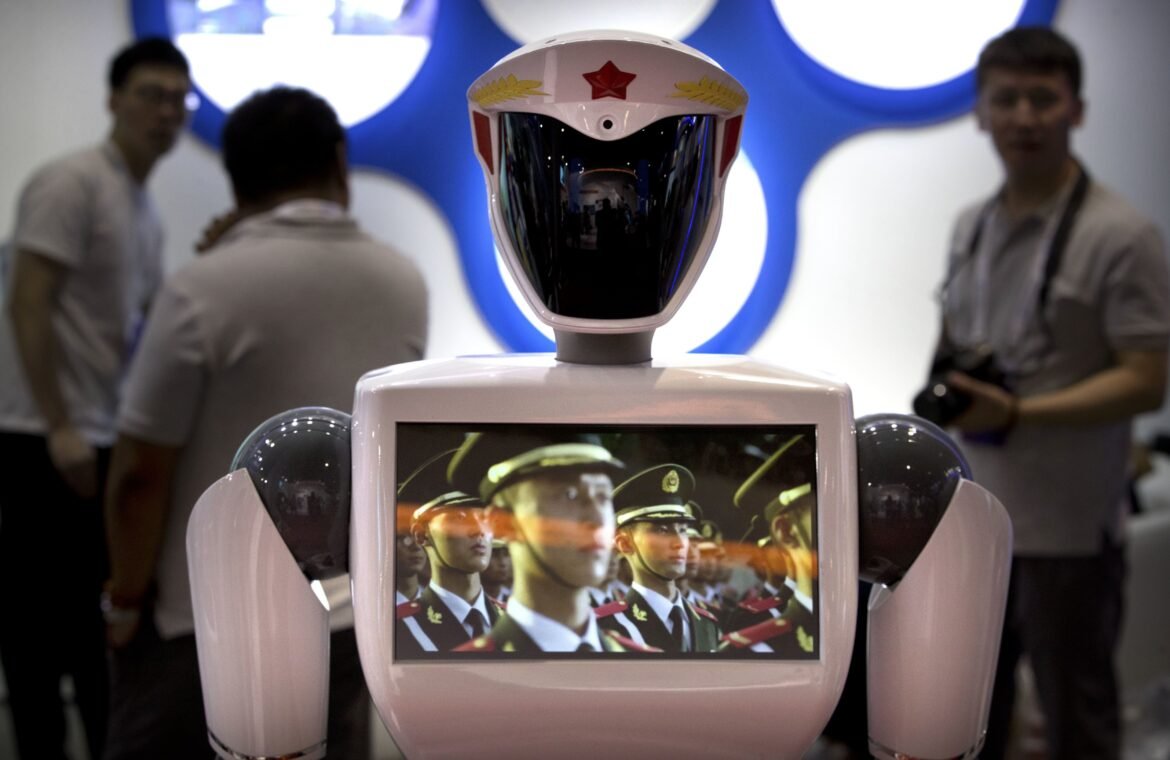Discovery of Critical Flaws
Researchers have recently sounded the alarm over serious Bluetooth vulnerabilities found in Chinese humanoid robots. According to cybersecurity experts, the flaw could allow unauthorized individuals to gain remote access to sensitive functions of these robots. The discovery has raised urgent questions about both safety and privacy in the fast-growing field of artificial intelligence and robotics.
The report warns that these vulnerabilities are not minor glitches but critical weaknesses that could be exploited with relative ease. This risk is especially concerning given the increasing integration of humanoid robots in homes, healthcare facilities, educational institutions, and public spaces.
Risks to User Safety and Data Privacy
The identified Bluetooth loopholes could give hackers control over core functions of humanoid robots. In scenarios where robots assist with personal care or interact closely with humans, the consequences could be dangerous. Unauthorized access could lead to manipulated movements, disrupted functionality, or even physical harm.
Beyond physical safety, data privacy is also at stake. Many of these robots are designed with advanced sensors and communication tools, collecting large amounts of personal data from their users. If compromised, sensitive information such as voice recordings, video feeds, or behavioral patterns could be accessed and misused.
Experts Call for Urgent Action
Cybersecurity specialists have stressed that the issue demands immediate attention. They recommend that manufacturers implement stronger encryption standards and introduce regular software updates to patch vulnerabilities. In addition, researchers are urging international bodies and regulators to establish stricter oversight for AI-driven machines, particularly those deployed in sensitive environments like healthcare or education.
Experts caution that without swift reforms, the spread of insecure humanoid robots could undermine public trust in robotics and stall innovation in an otherwise promising field. They argue that cybersecurity should be treated as a foundational element, not an afterthought, in the design of emerging AI technologies.
Implications for the Robotics Industry
The revelations come at a time when Chinese humanoid robots are gaining traction globally, promoted for their cost-effectiveness and advanced functionality. However, the security flaw has the potential to tarnish their reputation and slow adoption in international markets. Countries importing such technologies may now push for stricter compliance checks before allowing deployment.
The incident also highlights the broader challenge facing the robotics industry worldwide: balancing rapid innovation with robust security. As humanoid robots become increasingly autonomous, the risks associated with hacking or unauthorized manipulation grow exponentially. Industry leaders may now face mounting pressure to prioritize cybersecurity investments to safeguard both users and market credibility.
The Growing Debate on AI Oversight
The vulnerabilities have reignited the debate on global standards for artificial intelligence and robotics. Policymakers, researchers, and technology companies are calling for collaborative frameworks to ensure safety while encouraging innovation. Stronger regulations, coupled with independent testing of robotics products, are being seen as essential steps in preventing future risks.
This debate underscores the evolving responsibility of developers and governments in shaping how robotics technology enters society. With concerns about hacking and misuse rising, the demand for accountability and security measures is likely to intensify.





